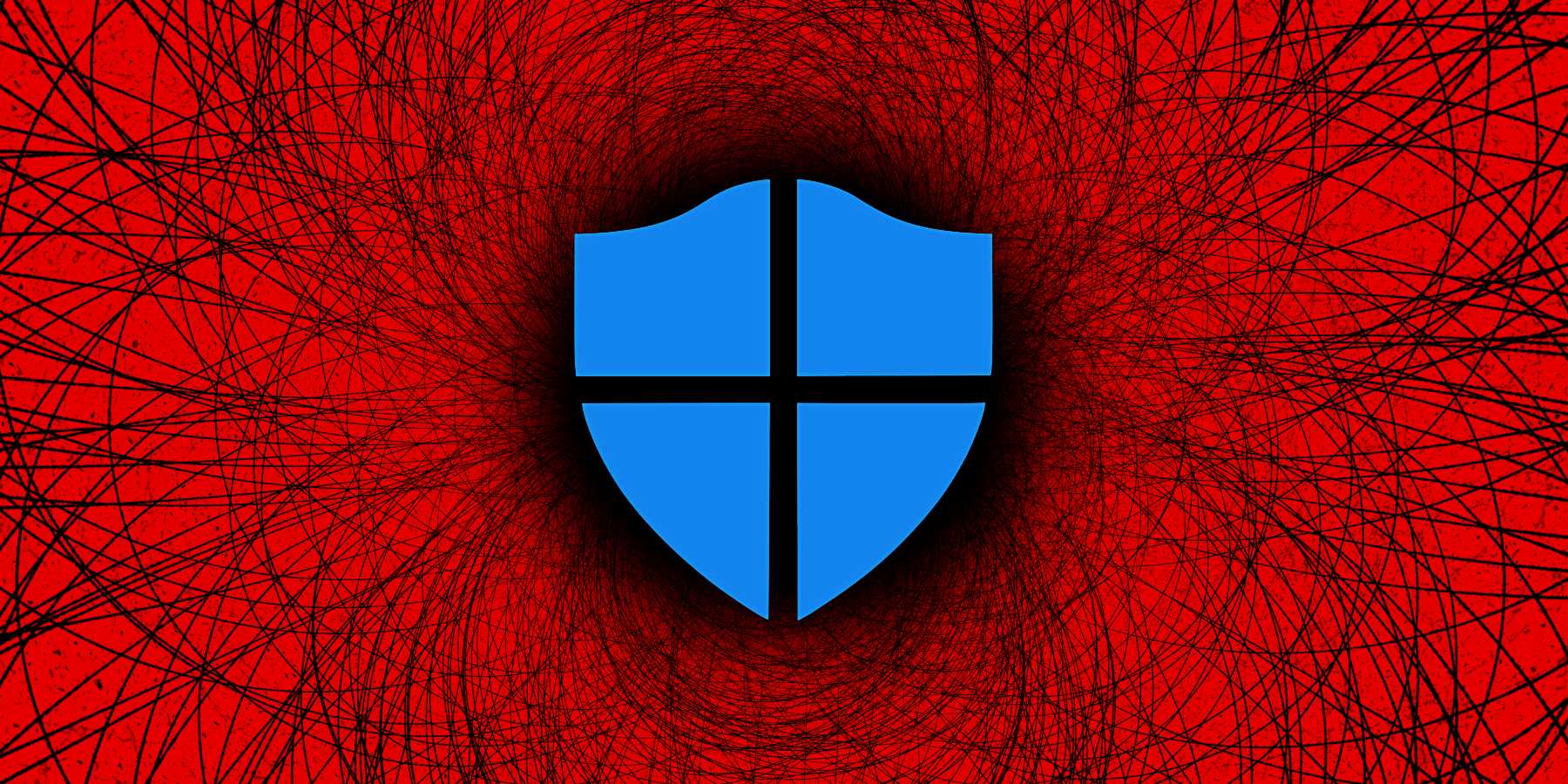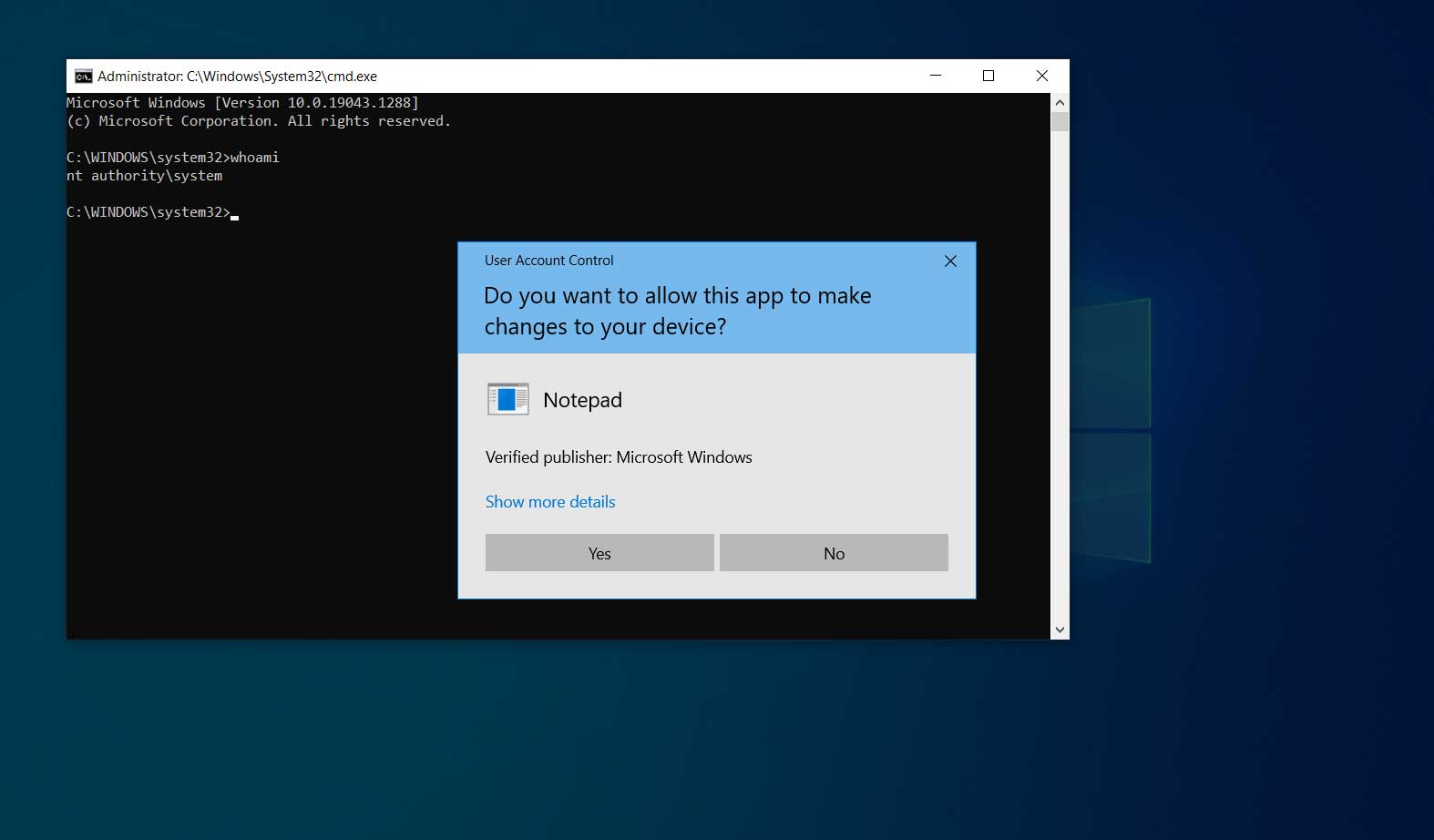
A security researcher has disclosed technical details for a Windows zero-day privilege elevation vulnerability and a public proof-of-concept (PoC) exploit that gives SYSTEM privileges under certain conditions.
A public proof-of-concept (PoC) exploit and technical details for an unpatched Windows zero-day privilege elevation vulnerability has been disclosed that allows users to gain SYSTEM privileges under certain conditions.
The good news is that the exploit requires a threat actor to know another user's user name and password to trigger the vulnerability, so it will likely not be widely abused in attacks.
The bad news is that it affects all versions of Windows, including Windows 10, Windows 11, and Windows Server 2022.
Researcher releases bypass to patched vulnerability
August, Microsoft released a security update for a "Windows User Profile Service Elevation of Privilege Vulnerability" tracked as CVE-2021-34484 and discovered by security researcher Abdelhamid Naceri.
After examining the fix, Naceri found that the patch was not sufficient and that he was able to bypass it with a new exploit that he published on GitHub.
"Technically, in the previous report CVE-2021-34484. I described a bug where you can abuse the user profile service to create a second junction," Naceria explains in a technical writeup about the vulnerability and the new bypass.
"But as I see from ZDI advisory and Microsoft patch, the bug was metered as an arbitrary directory deletion bug."
"Microsoft didn’t patch what was provided in the report but the impact of the PoC. Since the PoC I wrote before was horrible, it could only reproduce a directory deletion bug."
Naceri says that since they only fixed the symptom of his bug report and not the actual cause, he could revise his exploit to make a junction elsewhere and still achieve privilege elevation.
This exploit will cause an elevated command prompt with SYSTEM privileges to be launched while the User Account Control (UAC) prompt is displayed.
Will Dormann, a vulnerability analyst for CERT/CC, tested the vulnerability and found that while it worked, it was temperamental and did not always create the elevated command prompt.
When BleepingComputer tested the vulnerability, it launched an elevated command prompt immediately, as shown below.

Source: BleepingComputer
As this bug requires a threat actor to know a user name and password for another user, it will not be as heavily abused as other privilege elevation vulnerabilities we have seen recently, such as PrintNightmare.
"Definitely still a problem. And there may be scenarios where it can be abused. But the 2 account requirement probably puts it in the boat of NOT being something that will have widespread use in the wild," Dormann told BleepingComputer.
However, Naceri told BleepingComputer that a threat actor only needs another domain account to exploit the vulnerability, so it should still be something to be concerned about.
Microsoft said they are aware of the issue and are looking into it.
“We are aware of the report and will take appropriate action to keep customers protected.” – a Microsoft spokesperson
Update 10/28/21: Added statement from Microsoft and info from Abdelhamid Naceri.



Comments
h_b_s - 2 years ago
I shouldn't have to mention this, but unless the exploit is actively being used in the wild by attackers as well as being unknown to the vendor at time of reveal, it's not a zero day. I didn't see anywhere in this article where this exploit meets the criteria of being a zero day. Quite the opposite according to the discoverer, it's very unlikely to be used in attack chains because it requires authentication and it's not a reliable attack method.
Bleeping Computer is getting really bad about labeling exploits as zero days that don't meet the criteria for doing so.
Lawrence Abrams - 2 years ago
Your definition is partially correct. A zero-day is any unpatched vulnerability that is publicly disclosed OR used in an attack.
Microsoft's own definition:
"A zero-day vulnerability is a publicly disclosed vulnerability for which no official patches or security updates have been released. Zero-day vulnerabilities often have high severity levels and are actively exploited."
https://docs.microsoft.com/en-us/microsoft-365/security/defender-endpoint/tvm-zero-day-vulnerabilities?view=o365-worldwide
While I agree that this won't be heavily abused, gathering multiple credentials for an organization is not difficult at all unfortunately. Whether it be gathered via phishing attacks, bought on dark web markets, or stolen using tools like mimikatz, its very common for threat actors to other creds on a network.
https://www.bleepingcomputer.com/news/security/logins-for-13-million-windows-rdp-servers-collected-from-hacker-market/